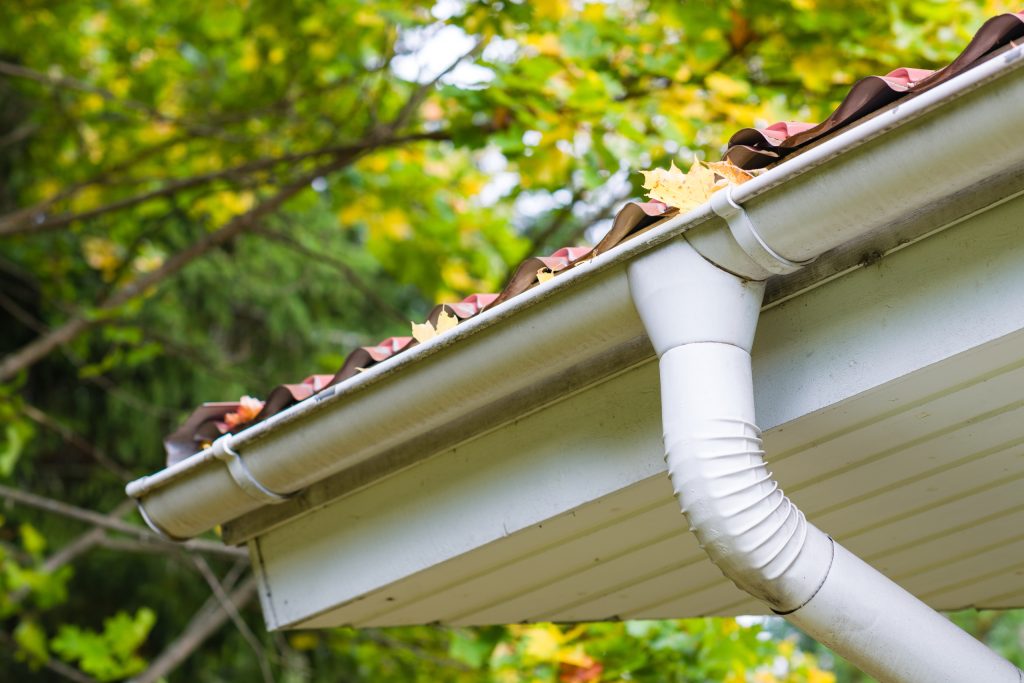Trees add beauty, shade, and value to any property. But when they grow too close to your house, they can do more harm than good—especially when it comes to your roof and gutters. Overgrown trees are one of the most common causes of hidden home damage, and many homeowners don’t realize the risks until it’s too late. Here’s what you need to know.
1. Roof Damage from Overhanging Branches
When tree branches hang over your roof, they can scrape and wear down shingles, remove protective granules, and even break tiles. During storms or high winds, these limbs can fall entirely, causing severe structural damage. Even without strong winds, branches swaying gently can cause slow, consistent damage over time.
Tip: Regularly prune branches that extend over or touch your roof to prevent contact damage.
2. Clogged Gutters from Falling Leaves and Debris
Trees shed leaves, twigs, seeds, and blossoms throughout the year. If branches hang over your roofline, this debris ends up in your gutters. Over time, it can cause blockages that prevent water from draining properly.
Clogged gutters can overflow, leading to water damage on siding, foundations, and landscaping. Worse yet, standing water in gutters can attract pests or cause the gutters themselves to sag and fail.
Tip: Clean your gutters regularly—especially in the fall—and consider installing gutter guards if you have large trees nearby.
3. Increased Moisture and Moss Growth
Dense tree canopies can block sunlight, creating damp, shaded conditions on your roof. These areas are prime real estate for moss, algae, and mold to thrive. Moss and algae hold moisture against shingles, weakening them and shortening your roof’s lifespan.
Tip: Keep tree canopies thinned and well-pruned to allow sunlight and airflow, helping your roof dry out after rain or dew.
4. Pest and Wildlife Access
Branches touching or close to your roof act as a highway for pests. Squirrels, raccoons, and insects use these branches to access your attic or eaves. Once inside, they can cause insulation damage, chew wiring, or create nests.
Tip: Maintain clearance between your trees and your home to discourage unwanted visitors.
5. Safety Hazards in Storms
Overgrown or weak branches pose a significant risk during storms. Heavy winds or ice accumulation can snap limbs, sending them crashing onto your roof, vehicles, or nearby structures. Preventative trimming can reduce this hazard dramatically.
Tip: Have your trees inspected regularly by a professional to identify and remove risky limbs before storms hit.
Protect Your Home with Professional Tree Care
While trees are a valuable part of your landscape, managing their growth near your home is essential for avoiding costly repairs. Regular pruning and professional maintenance keep your trees healthy and your home protected.
At Clean Cut Tree & Landscape, our certified team specializes in safe, expert tree pruning and removal to help you prevent damage before it starts. Contact us today to schedule an inspection or consultation and keep your property safe and beautiful all year long.

